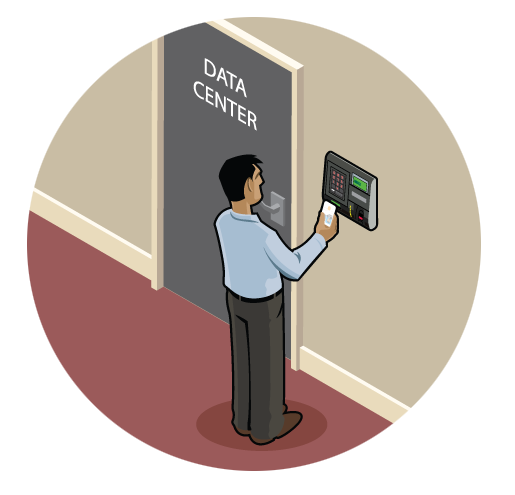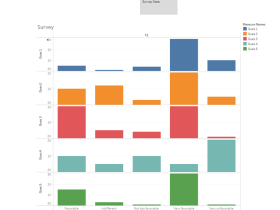What is terrorism? Terrorism describes intentional acts of destruction motivated by a particular belief or ideology. The motivation for terrorism may include political, social, and religious beliefs that people hold different from others. The attack is often to civilians or non-combats.
Physical Security: Protecting data against Terrorism
This review looks into the security of your data and installations against terrorism.
Types of Terrorism
There are five types of terrorism: state-sponsored, terrorists and the left and right, dissent terrorism, religious and criminal terrorism (EKU, 2020). Different terrorists will use other methods to attack a particular community or group.
We have had those that attack bombs and guns, use chemical weapons. However, recently, an increasing group of terrorists carry out cyber-attacks or stolen crucial information and data from organizations.
How do I secure against terrorism?
With the increasing cases of terrorism over the years, there is a need to deny unauthorized access to facilities to protect assets, including hardware, personnel, software, and data from attacks.

Secure Room/Facilities
Homes and businesses prone to terrorism can secure their establishments. Use of a secured chamber to safeguard critical equipment, personnel, and other valuables. This room should not be very conspicuous and should only be known to very few people.
The facility should have full height and wall and make of resistant materials. Use fireproof materials for the roof and, if possible, the walls.
Critical Systems from General Systems
Organizations need to keep critical systems away from other general systems. The maintenance contracts for critical equipment is only given to very confidential vendors. If possible, it is essential to have these systems repaired internally.
Disposal of Sensitive Information
Terrorists may get information that they may use against one if not well disposed of. It may be from trash bins, computers, or other electronic equipment (NCES, 2020). Every organization should have a very robust policy on the disposal of sensitive information.
Fire Systems
Fire is one of the known methods known for terror attacks. The physical infrastructure should be fireproof. The appropriate fire fighting equipment should be deployed on-site, and the staff trained on how to handle fire in case of emergencies.

Training of Staff
Staff are an essential part of controlling any disaster. With adequate training, it is easy to ensure seamless prevention, recovery, and restoration. Practice should consider employees’ level of knowledge, particular roles, departments, and personal strengths and attributes.
Label and Equipment
The company should label all the equipment so that they are difficult to switch or change. Authorized staff should be able to look and identify genuine labels. It should be complicated for anyone to tamper with the equipment. A policy on how to handle all the
Backup offsite storage
The use of offsite storage and backup will ensure that the company information is available when it is required and needed. In most cases, mirroring central data servers and systems to a remote site should be available in case of failure.
Conclusion
When planning your home office or business premises. Risks that may include terror attacks should be incorporated into the planning. If the structures exist, consider incorporating the recommendations in addition to understanding your unique business needs.














Leave a Reply